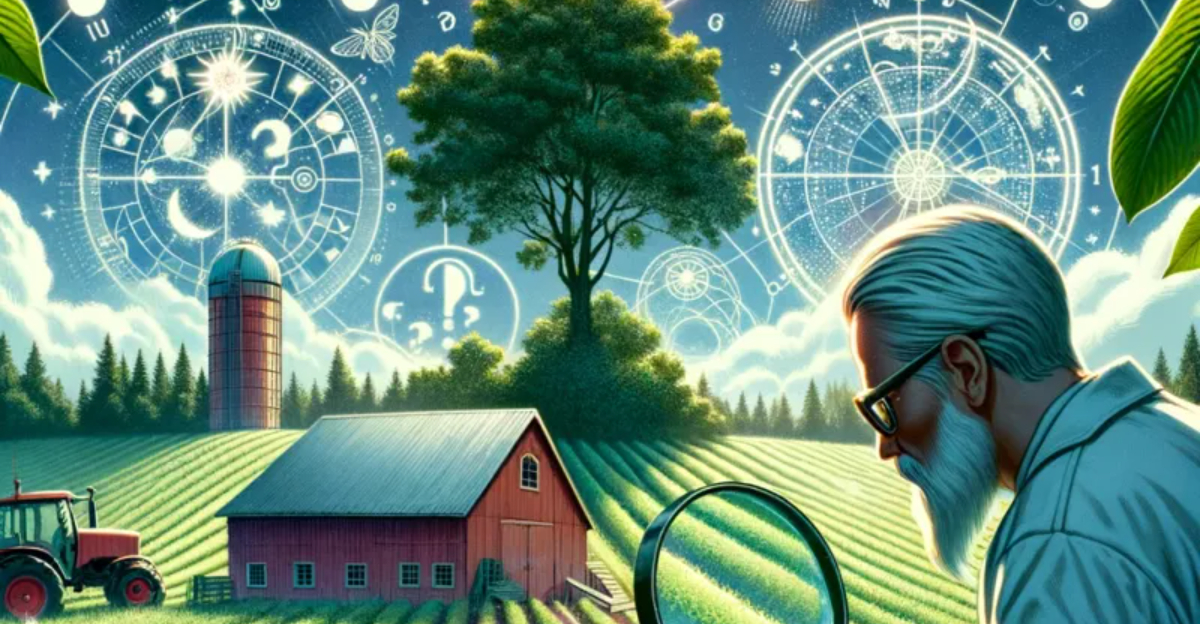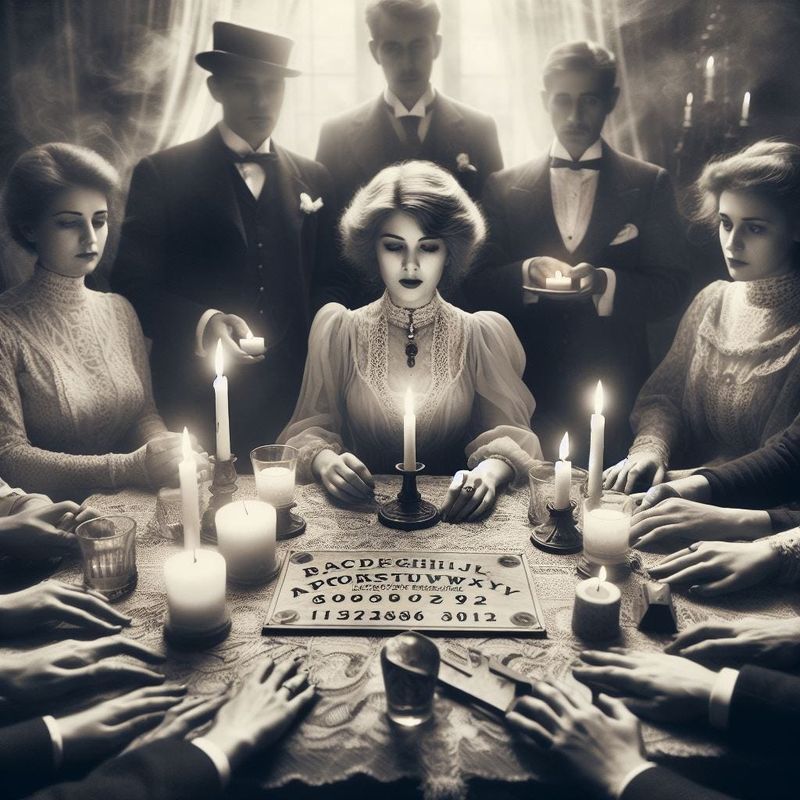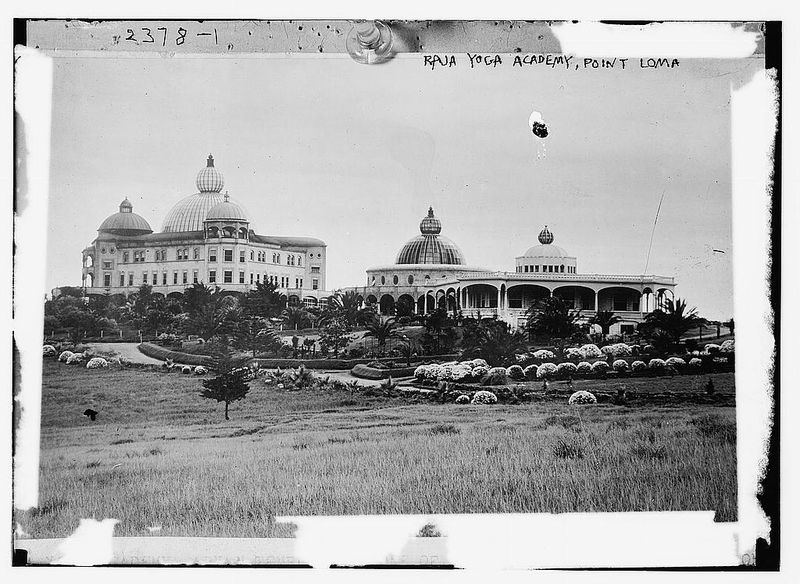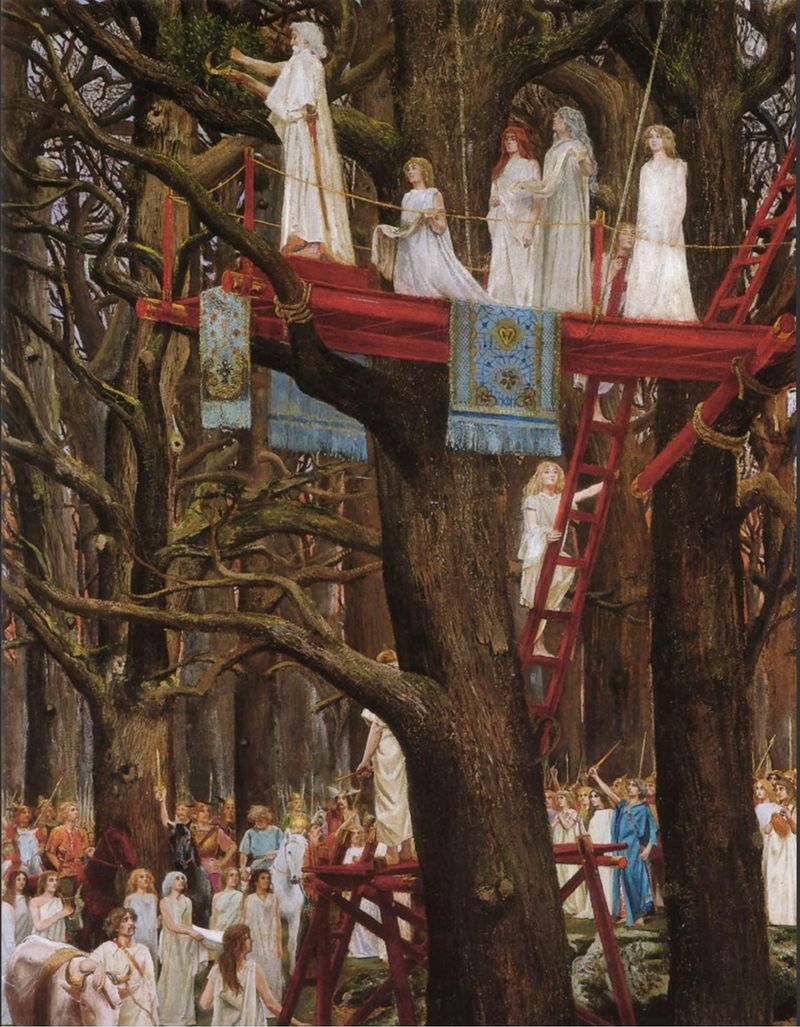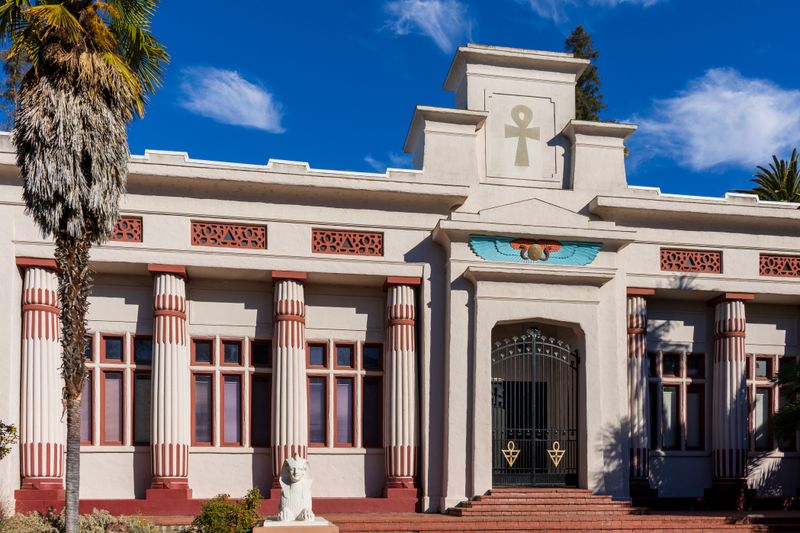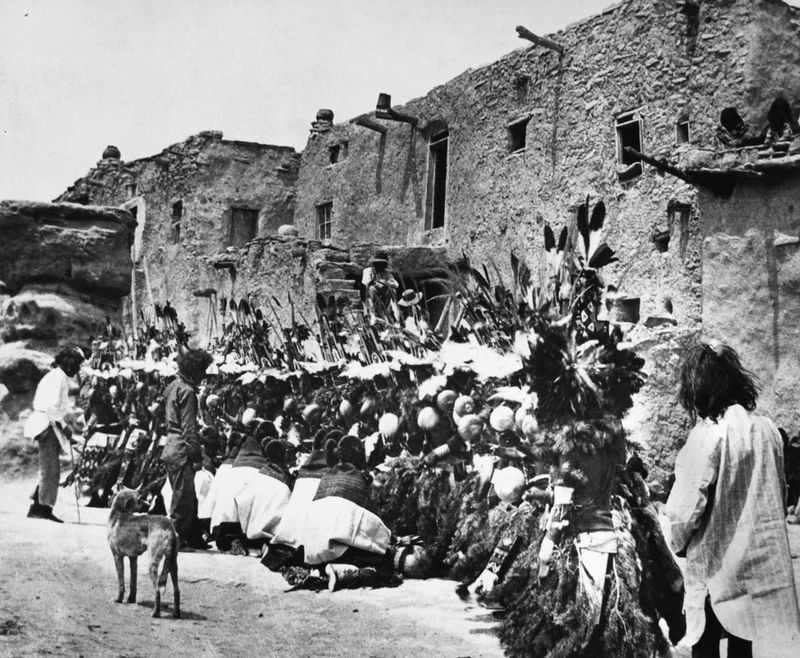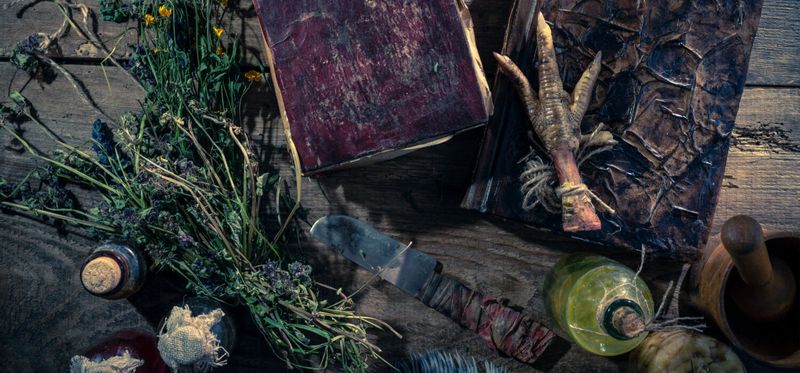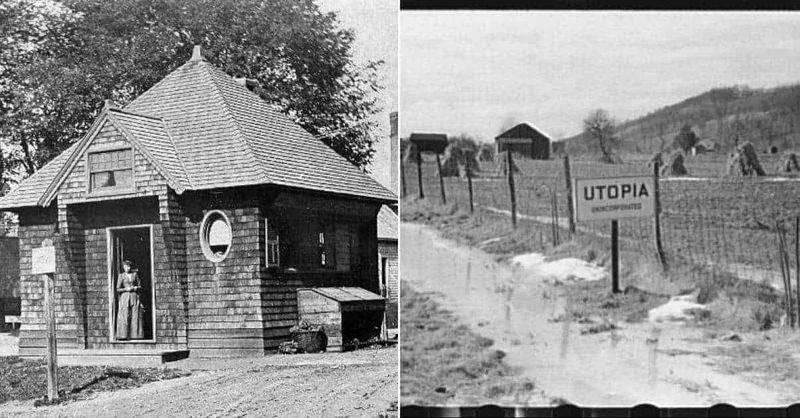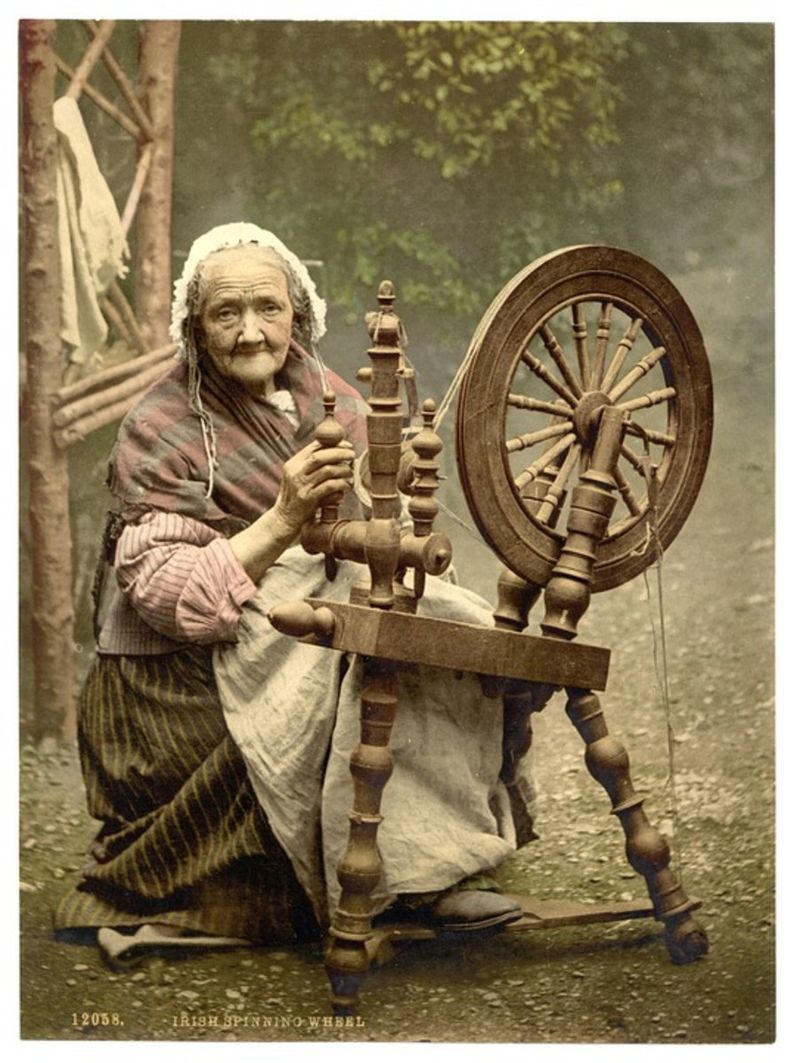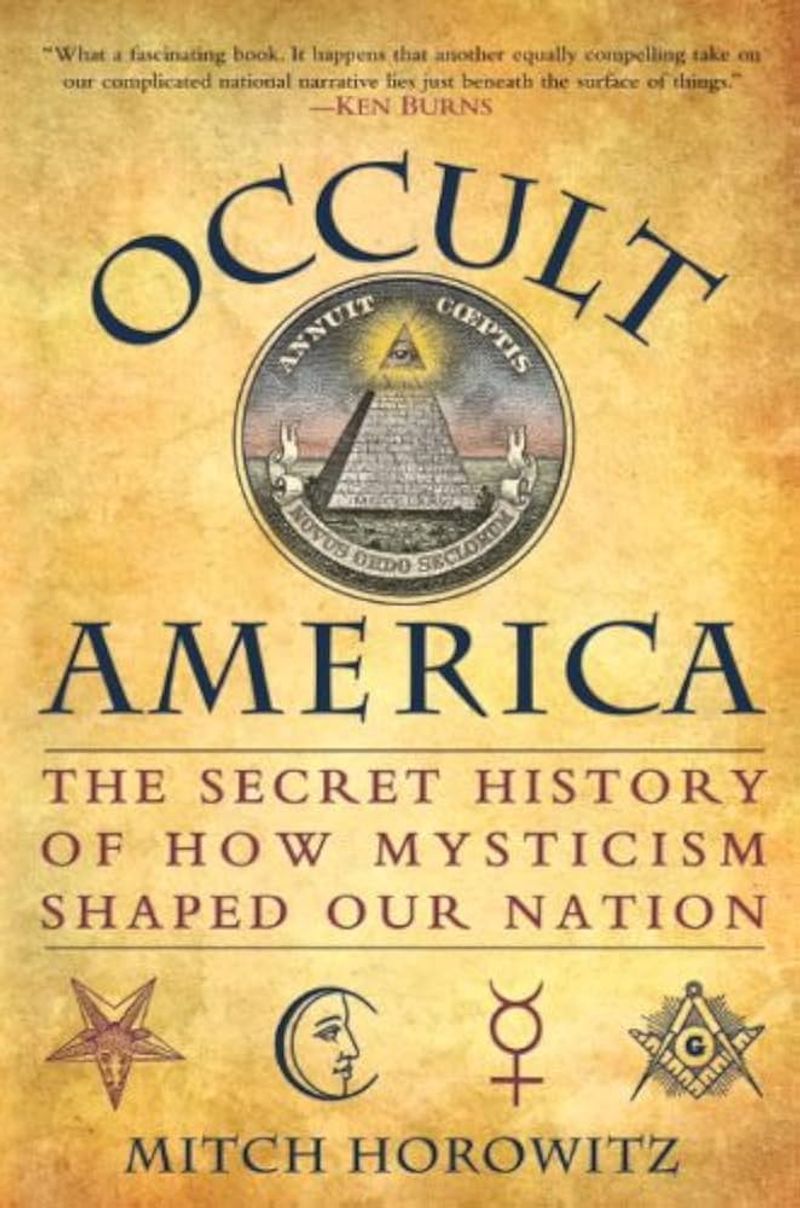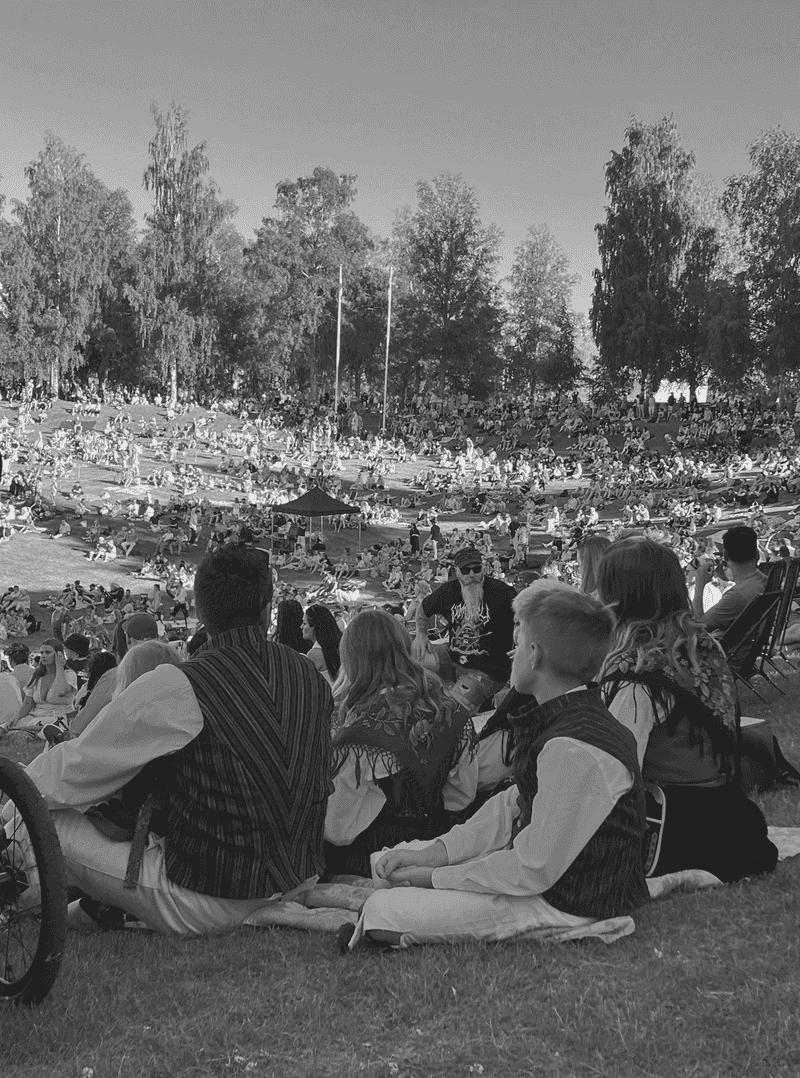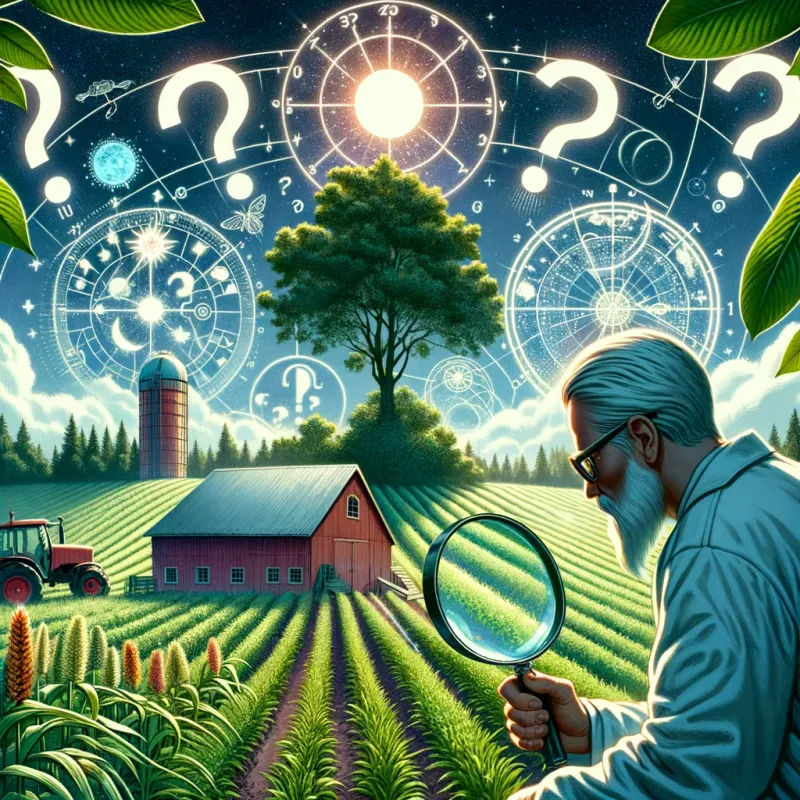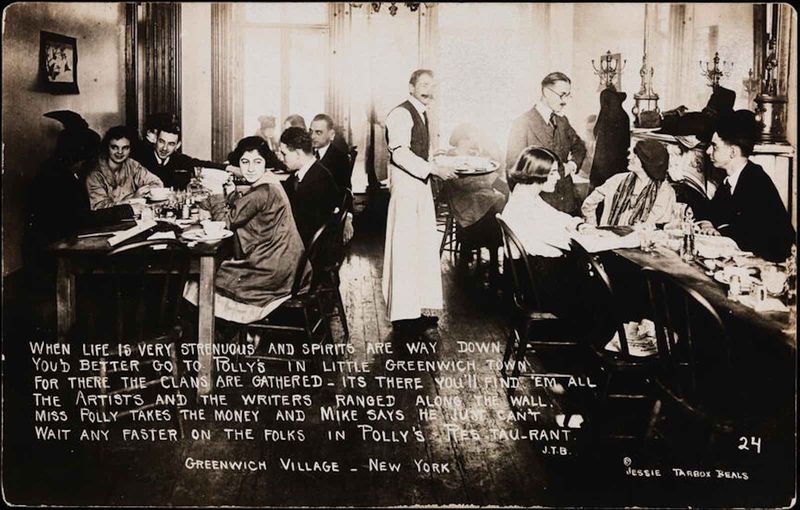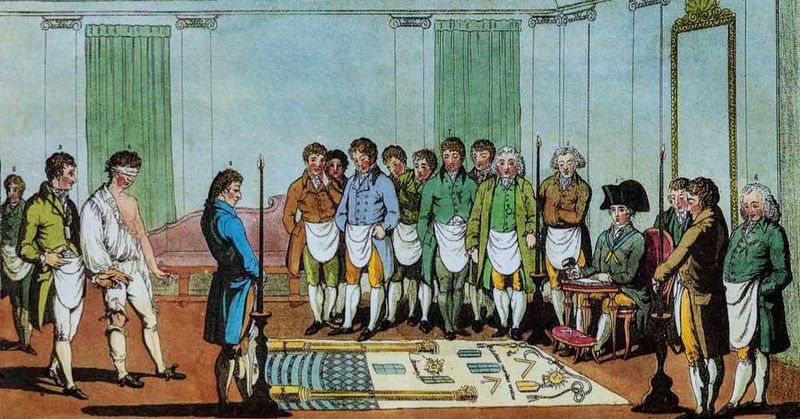While mainstream religions dominated America’s spiritual landscape in the early 1900s, a fascinating undercurrent of pagan traditions quietly flourished across the country. These nature-based and mystical practices drew from ancient European customs, indigenous wisdom, and emerging spiritual movements. As immigrants brought their folk beliefs and Americans sought alternatives to conventional religion, these 15 pagan traditions found fertile ground in a rapidly changing society.
1. Spirit Talkers: Spiritualism and Séance Circles
Candlelit rooms filled with hushed whispers became common fixtures in early 1900s America as spiritualism captivated the nation. Following the Civil War’s devastating losses, grieving families turned to mediums who claimed to bridge the gap between the living and dead. These séances incorporated elements from ancient pagan death rituals, often featuring circular formations, trance states, and invocations of spirit guides. Women found unprecedented power as mediums, challenging Victorian social restrictions. By 1900, spiritualist camps dotted the countryside, especially in New York, where the Fox Sisters had launched the movement decades earlier with their mysterious spirit-rapping phenomena.
2. Ancient Wisdom Seekers: Theosophy
Madame Helena Blavatsky’s exotic blend of Eastern mysticism and Western occultism found an eager audience in America’s intellectual circles. Her Theosophical Society established headquarters in New York before expanding to California, where it attracted artists, writers, and freethinkers seeking cosmic truth. Members studied reincarnation, karma, and astral projection while incorporating Hindu deities and Buddhist concepts into their meditative practices. The society’s symbol—combining the ankh, Star of David, and ouroboros—revealed its syncretic nature. Katherine Tingley’s ‘White City’ community in Point Loma, California became a theosophical beacon, with its Greek theater, Raja Yoga Academy, and regular solstice ceremonies blending pagan elements with Eastern philosophy.
3. Secret Symbol Keepers: Freemasonry and Esoteric Lodges
Behind ornate doors marked with compasses and squares, Masonic lodges preserved ancient mystery traditions throughout American cities. These brotherhoods traced their lineage to Egyptian mystery schools and incorporated solar symbolism, sacred geometry, and astrological timing into their elaborate rituals. Higher-degree Masons studied the Kabbalah, Hermetic principles, and alchemical transmutation—practices with deep pagan roots. Women formed parallel organizations like the Eastern Star, which blended Biblical and pagan stellar worship. Albert Pike’s influential ‘Morals and Dogma’ manual, widely read among American Masons in this era, explicitly connected Masonic symbols to pre-Christian traditions, including those of Mithra, Dionysus, and Osiris.
4. Oak and Mistletoe: Druid Revival Societies
Men and women draped in white robes gathered in forest groves across America, particularly in regions with Welsh and Irish immigrant communities. These modern Druids sought to reconnect with their Celtic ancestors through nature reverence, poetry, and seasonal celebrations. The Ancient Order of Druids established American groves in the late 1800s, gaining momentum through the early 1900s. Their Eisteddfod festivals revived bardic traditions with competitive poetry, music, and storytelling. Unlike their medieval predecessors, these revival Druids emphasized peaceful nature worship rather than historical accuracy. They celebrated the solstices and equinoxes with oak-wreathed ceremonies and erected stone circles in places like New Hampshire and California.
5. Mystic Rose Seekers: Rosicrucianism
H. Spencer Lewis founded AMORC (Ancient Mystical Order Rosae Crucis) in 1915, bringing Rosicrucian teachings into American mainstream consciousness. This movement combined Egyptian mystery traditions with alchemy, sacred geometry, and visualization techniques that predated Christianity. Members conducted home temple rituals using incense, colored candles, and vibrational sounds to attune with cosmic forces. Their teachings incorporated the elements—earth, air, fire, and water—as foundational spiritual principles, much like ancient pagan systems. San Jose’s Egyptian-style Rosicrucian Park, with its temple and research library, became a magnet for those seeking to unlock inner divinity through these mystical practices. Monthly monographs taught members how to develop psychic abilities and harness planetary energies.
6. Earth Wisdom Keepers: Native American Ceremonial Influences
Despite government suppression through boarding schools and the Dawes Act, Native tribes maintained their sacred connections to land, ancestors, and seasonal cycles. The Ghost Dance movement spread across tribal nations, blending traditional spirituality with new prophetic elements in response to cultural devastation. In the Southwest, Pueblo seasonal ceremonies continued largely intact, featuring masked kachina dancers representing nature spirits. The peyote-based Native American Church emerged in this era, combining indigenous plant spirituality with Christian elements. Non-Native seekers increasingly sought wisdom from tribal elders, creating complex cultural exchanges. Black Elk, a Lakota holy man, shared sacred knowledge with poet John Neihardt, preserving Lakota cosmology while inadvertently influencing early American paganism.
7. Star Trackers: Astrology and Zodiac-Based Rituals
Celestial wisdom experienced a renaissance in early 20th century America as immigrants brought their astrological traditions to urban centers. Newspaper horoscopes appeared alongside farmers’ almanacs that had long guided planting by lunar phases—a practice rooted in ancient pagan agricultural cycles. Evangeline Adams, America’s most famous astrologer, successfully defended her practice in court in 1914. Her New York office drew clients from all social classes seeking planetary guidance for business decisions, marriage timing, and spiritual development. Secret societies incorporated zodiacal symbolism into their rituals, with members enacting planetary processions and seasonal ceremonies timed to astronomical events. The Brotherhood of Light (later Church of Light) systematized astrological teaching with correspondence courses that preserved Hellenistic pagan cosmology.
8. Conjure Craft: Folk Magic and Hoodoo
Along the Mississippi Delta and through Appalachian hollows, folk practitioners preserved magical traditions that blended African spirituality, European witchcraft, and Native American herbalism. These rootworkers created mojo bags, fixed candles, and crafted protective charms using natural materials charged with spiritual intent. Crossroads rituals, grave dirt workings, and ancestor veneration revealed Hoodoo’s pagan foundations despite its Christian overlay. The legendary Marie Laveau’s influence still resonated in New Orleans, where her spiritual descendants continued blending Catholic saints with African deities. Mail-order companies like Lucky Heart and Valmor distributed magical supplies nationwide, their catalogs offering lodestones, John the Conqueror root, and Four Thieves Vinegar to practitioners maintaining these earth-based spiritual technologies across racial and geographic boundaries.
9. Simple Lifers: Nature-Based Back-to-the-Land Movements
Rejecting industrial capitalism’s grime and pace, utopian communities sprang up across America, from California’s Holy City to Massachusetts’ Fruitlands. These groups embraced vegetarianism, nude sunbathing, and seasonal celebration—echoing ancient pagan values of bodily harmony with natural cycles. German immigrants brought Lebensreform (life reform) philosophies that combined nature worship with health practices. The Nature Boys of California lived in caves and trees while practicing raw food diets and solar worship, directly influencing later hippie movements. Women like Jemima Wilkinson (the Publick Universal Friend) led spiritual communes that subverted gender norms while celebrating divine feminine principles. These communities often marked solstices and equinoxes with feasts, bonfires, and ritual bathing—unconsciously reviving pre-Christian European seasonal customs.
10. Herb Healers: Witchcraft in Folklore and Practice
“Granny women” in Appalachian mountains preserved European witchcraft practices under the guise of folk healing. Their methods included gathering herbs by moonlight, using divination to diagnose illness, and chanting charms over wounds—all with roots in pre-Christian healing traditions. Pennsylvania Dutch hex signs adorned barns throughout German settlements, their geometric patterns serving as protective talismans against evil forces. The Pow-wow tradition (Braucherei) combined grimoire magic with Christian prayers, maintaining Germanic pagan elements through sympathetic magic formulas. In New England fishing communities, weather witching persisted among those who needed to predict storms. These practitioners used pendulums, water scrying, and cloud reading techniques passed down through generations, connecting them to ancient weather divination practices of their European ancestors.
11. Hidden Knowledge Spreaders: Occult Publishing and Pagan Literature
Mysterious bookshops and mail-order catalogs fueled America’s occult revival, making ancient wisdom accessible to curious seekers. The Hermetic publishing boom began with 1908’s anonymously authored ‘Kybalion,’ which popularized Egyptian-inspired magical principles through its famous axiom “As above, so below.” William Walker Atkinson (writing as Yogi Ramacharaka) produced dozens of books on mind power, reincarnation, and psychic development that incorporated Hindu and Greco-Roman concepts. His New Thought movement blended pagan ideas with positive thinking philosophy. Aleister Crowley’s controversial ‘Equinox’ journal reached American shores, introducing Thelemic principles and ceremonial magic instructions. Meanwhile, Evans-Wentz’s pioneering ‘Fairy-Faith in Celtic Countries’ (1911) documented pagan survivals, inspiring American Celtic revivalism.
12. Hammer and Rune: Revival of Norse and Germanic Traditions
Thor’s hammer pendants hung discreetly around the necks of some Scandinavian immigrants who maintained connections to their pre-Christian heritage. These communities celebrated Midsummer with maypole dances and bonfires across Minnesota and Wisconsin—folk traditions preserving pagan elements beneath Christian veneer. German-American Völkisch groups studied runic mysteries and old Norse poetry, sometimes gathering in wooded areas for blót ceremonies honoring ancestral deities. The Teutonic myth revival gained momentum through Wagner’s operas, which American orchestras performed to enthusiastic audiences. Women’s handicraft circles preserved traditional patterns containing hidden Norse symbols like Mjölnir and Vegvísir in their embroidery and weaving. Meanwhile, fraternal organizations like the Vikings of America combined mutual aid with celebration of Nordic heritage, keeping alive the memory of gods like Odin and Freya.
13. Cosmic Farmers: Anthroposophy
Rudolf Steiner’s spiritual science movement took root in America shortly after its 1912 European founding, attracting those interested in his unique blend of mysticism and practical application. Followers studied the elemental beings Steiner described—gnomes, sylphs, undines, and salamanders—entities straight from European pagan cosmology. Biodynamic farming, Anthroposophy’s agricultural method, treated the farm as a living organism influenced by cosmic forces. Practitioners buried cow horns filled with quartz at solstices and stirred preparations according to lunar phases—techniques echoing ancient pagan agricultural rituals. Waldorf education emerged from this movement, incorporating seasonal festivals marked by pageantry that often featured pre-Christian European elements like Michaelmas dragon-slaying plays and St. John’s midsummer fire festivals with unmistakable pagan undertones.
14. Paintbrush Pagans: Bohemian Art Circles with Pagan Themes
Greenwich Village artists shocked conventional society with their revival of pan-like revelry and Dionysian themes. The Provincetown Players theater group staged outdoor performances celebrating nature deities and ancient myths, with women dancing as nymphs among the dunes of Cape Cod. Photographer Anne Brigman captured nude figures in California landscapes, portraying women as dryads merged with twisted juniper trees. Her work reclaimed female divinity through natural settings in direct challenge to Victorian restraint. Max Eastman’s influential magazine ‘The Masses’ published artwork depicting modern Americans as Greek deities, while the Byrdcliffe Colony crafters incorporated Green Man motifs into their furniture designs. These artistic expressions rejected Christian asceticism in favor of embodied spirituality that honored the sacred in nature and human form alike.
15. Sacred Circle Guardians: Mystery Schools and Initiation Rites
Behind unmarked doors in America’s growing cities, initiates of mystery schools underwent transformative rituals echoing those of ancient Eleusis and Egypt. The Hermetic Brotherhood of Luxor and similar groups used blindfolding, symbolic death-rebirth sequences, and elemental trials to induce mystical states in candidates. Paul Foster Case’s Builders of the Adytum, established in 1922, taught Tarot and Kabbalah as tools for spiritual development. Their Los Angeles temple ceremonies incorporated planetary hours, directional correspondences, and invocations to angelic forces derived from pre-Christian magical systems. Women found unprecedented spiritual authority in these organizations, often serving as high priestesses when mainstream religions denied them leadership roles. The mysteries emphasized direct experience of divinity rather than faith, preserving the experiential core of ancient pagan initiation within America’s predominantly Christian landscape.
